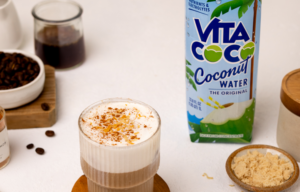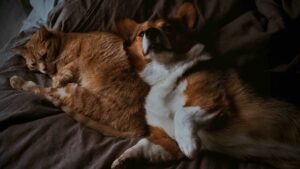08 March, 19
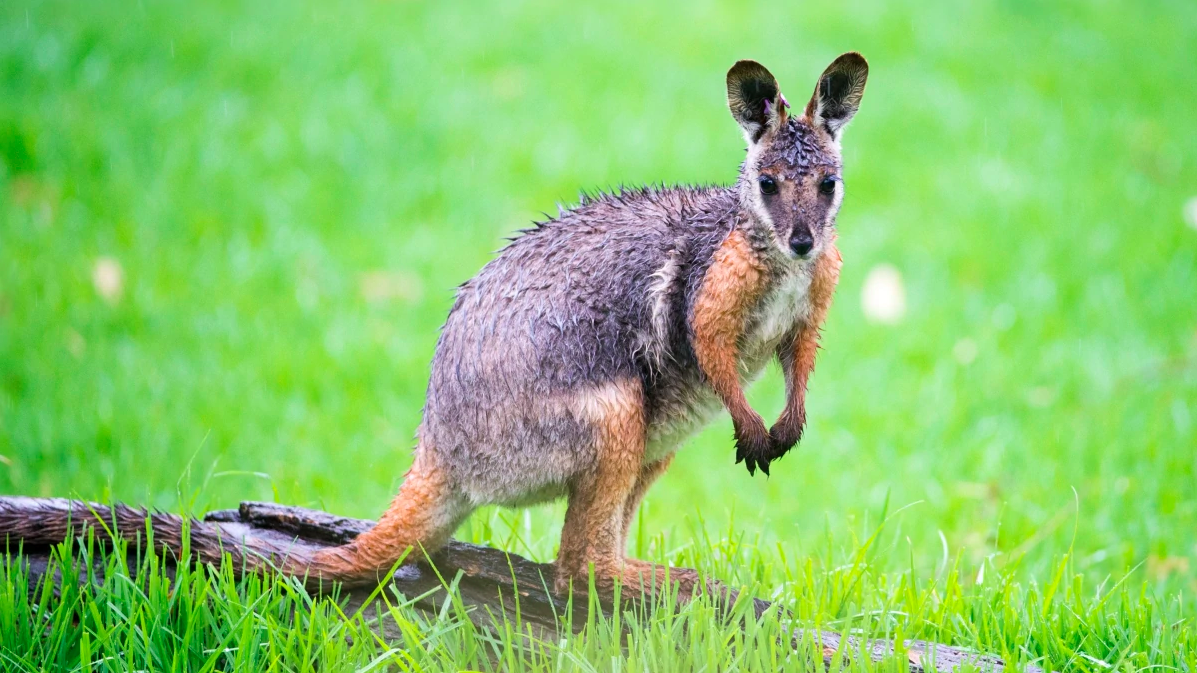
Cutest Exotic Pets: Hedgehogs, Sugar Gliders and More!
You know you want a new pet, but cats and dogs seem so passé. So why not toy around with the idea of getting exotic animals as pets?
Well, for one thing, many of the cutest exotic pets are tough to care for––they require unique diets, hyper-specific living enclosures, and various care/handling precautions. Most cities and states also have exotic pet restrictions that vary across the board. But assuming you have the time, experience, and wherewithal to to care for an exotic pet properly, it is possible to foster a rewarding relationship with a rare animal. And some of them just so happen to be ridiculously adorable too. Here is an exotic pets list to help with your decision.
Hedgehog
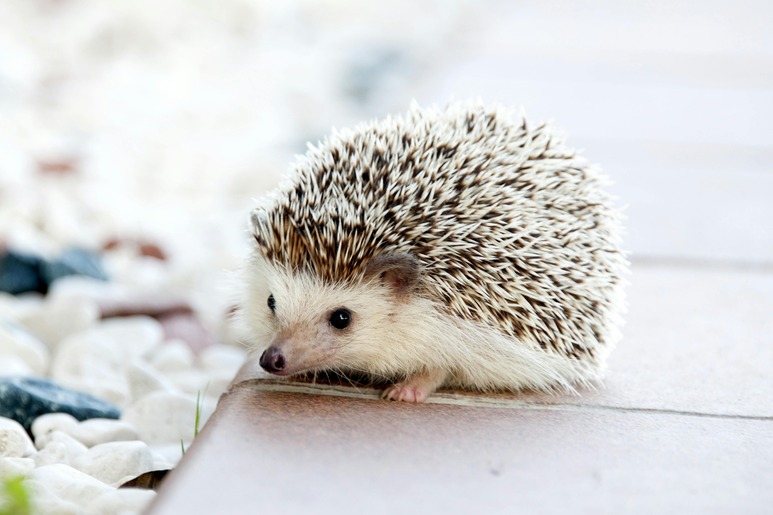
The most popular domestic hedgehog breed is the African Pygmy Hedgehog. Sure they’re not quite as fast as Sonic The Hedgehog, but they are very active, requiring a two-to-three square foot cage at a minimum for their living space, along with ample time to explore outside. Hedgehogs are also prone to obesity, so proper hedgehog care is essential. While not the most affectionate pets (in spite of their super cuddly appearances), hedgehogs will generally be fine with letting people hold them once they’ve been “hand tamed,” essentially making them get used to the sensations of human hands. What do hedgehogs eat? High-quality hedgehog food, fruits, veggies, and bugs. They also don’t get along very well with other hedgehogs in an enclosed space, so it’s best to own only one.
Sugar Glider
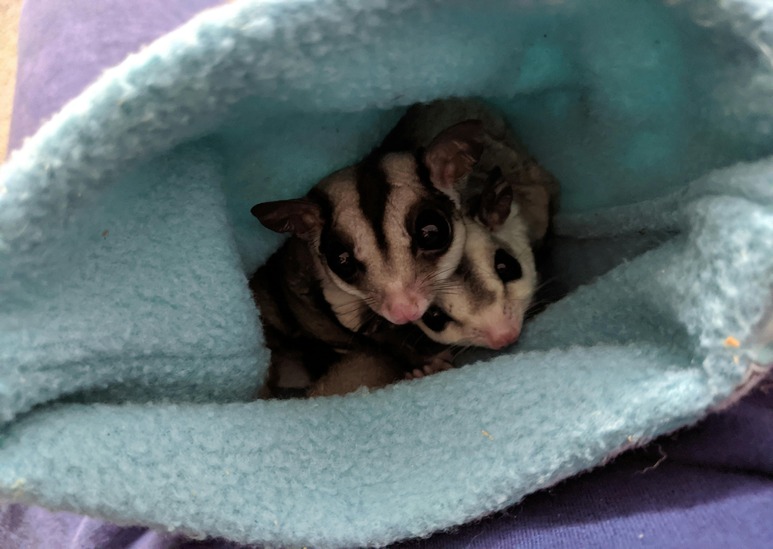
Sugar gliders are tiny nocturnal mammals with huge eyes that can make very endearing pets under the right conditions. They especially love the company of other sugar gliders, so owners tend to adopt them in pairs, housing them together in a large cage that’s at least 36″ in height. Sugar Gliders smell, so be aware. If tamed and in a good mood, sugar gliders enjoy snuggling up with their owners in pouches that can be worn around the neck. Sugar gliders are incredibly vocal too, making various noises to alert their owners when they’re hungry, angry, stressed, or frightened. While not aggressive, sharp teeth allow them to give nasty bites when provoked. Sugar Gliders are swimmers as well. A particular diet known as BML, including honey, calcium, and baby food ingredients is essential for sugar gliders, along with fruit and vegetables.
Fennec Fox
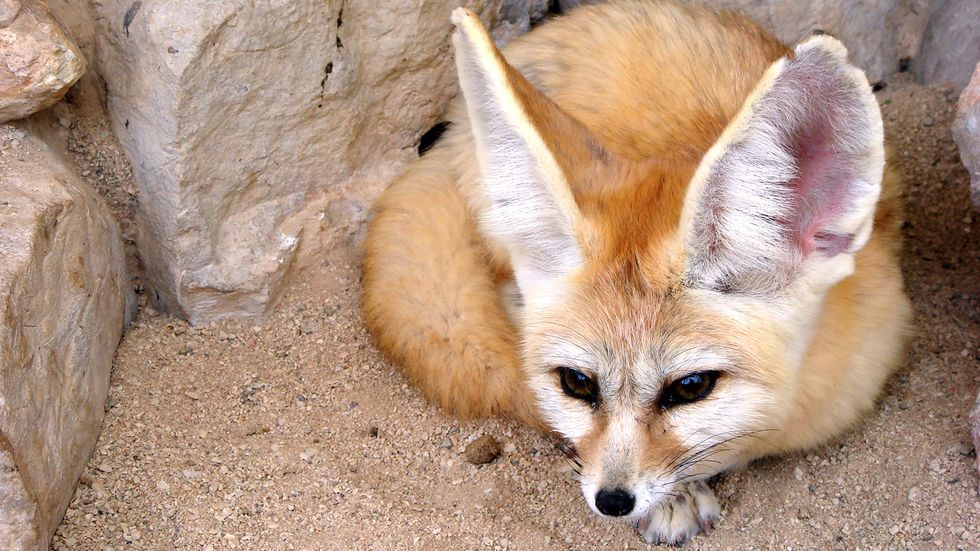
With their little heads and giant ears, baby Fennec Foxes are one of the cutest animals around. Their behavior is most similar to dogs – highly social, playful, and energetic – but they purr like cats when they’re happy. To have a Fennec Fox pet, it requires plenty of human interaction and love running around, exercising, and playing fetch, much in the same way a dog does. They also love digging and climbing, so it’s important to make sure that their living space is enclosed to prevent accidental escapes. Ideally, fennec foxes will eat a balanced diet of raw meat, insects, rodents, reptiles, fruits, and plants, but they do fine with dog food and cat food too. Unlike many other exotic pets, fennec foxes are legal in most states, and can be trained to use litter boxes, making them a relatively clean pet that can stay in the house without causing a disaster.
Capybara
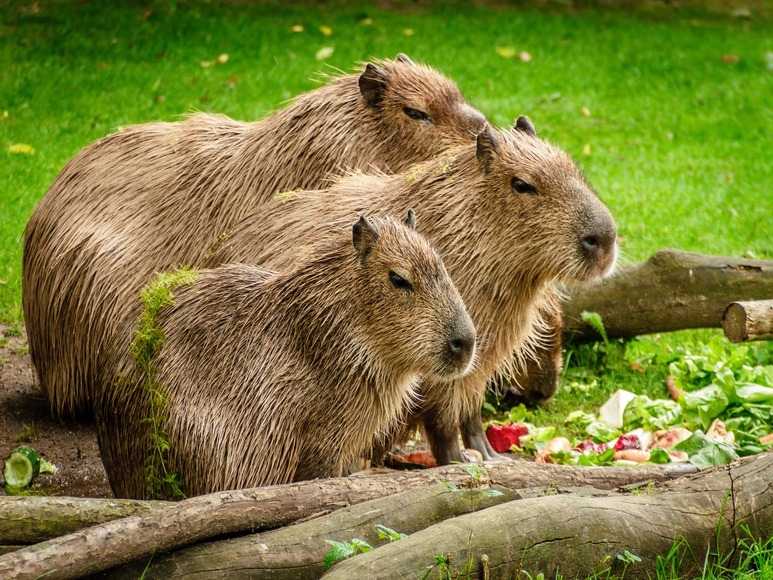
Capybaras are big, furry rodents that love swimming, so if you want to own them, you need to make sure they have ample space for their favorite activity. This means a large fenced enclosure with constant access to a pool that is at least three feet deep. A baby Capybara is a highly social animal that needs to live in groups, so if you want to own a baby capybara, you need more than one. They tend to be very tame, especially if raised at a young age but will ultimately prefer their fellow capybaras to their owner. Capybaras eat high-quality grass hay – which both provides nutrition and keeps their teeth filed to an appropriate length – and guinea pig pellets high in vitamin C. They also have webbed feet, which is very cute.
Wallaby
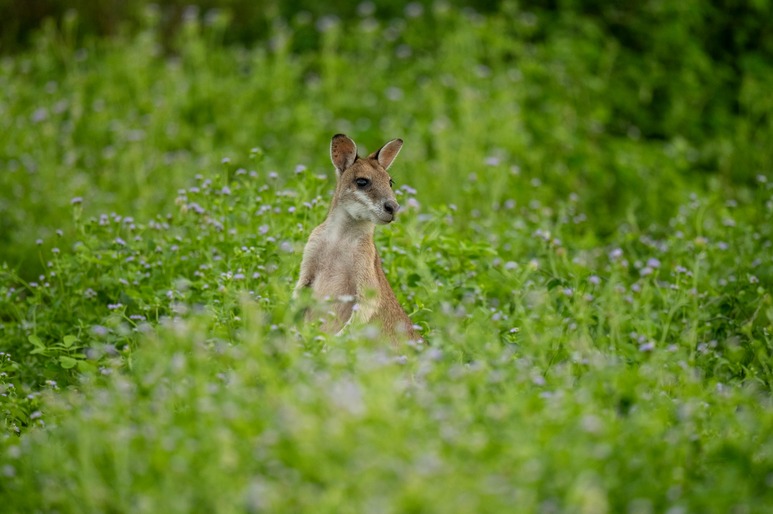
There are two kinds of wallabies typically found as pets––Bennett’s wallabies and tammar wallabies. A Wallaby pet is usually nocturnal and can’t be house-trained, but they are also capable of forming incredibly close bonds with a good owner. Bennett’s wallabies tend to make better pets, as they’re usually more docile and friendly, while tammar wallabies are often more anxious and jumpy. Wallabies have powerful back legs and love to run and jump around, so they require a large outdoor enclosure. They can also live outside during warmer months, but generally, need to sleep inside when it’s colder. Wallabies are herbivores, so their diet will mainly consist of chemical-free grass to graze on, unlimited supplies of timothy hay, fruits, vegetables, and wallaby pellets. Bonus points if you own one and live at 42 Wallaby Way, Sydney.
Dan Kahanis a writer & screenwriter from Brooklyn, usually rocking a man bun. Find more at dankahanwriter.com
- best exotic pets
- capybara
- capybara pet
- cute exotic pets
- cute pets
- cutest exotic pets
- exotic pet food
- exotic pets
- fennec fox
- fennec fox pet
- fox
- fox pet
- hedgehog
- hedgehog pet
- pet
- pet capybara
- pet fennec fox
- pet fox
- pet health
- pet hedgehog
- pet owners
- pet sugar glider
- pet toys
- pets
- pets and children
- pets that are good with kids
- sugar glider
- sugar glider pet
- wallabies
- wallaby
- wallaby pet

